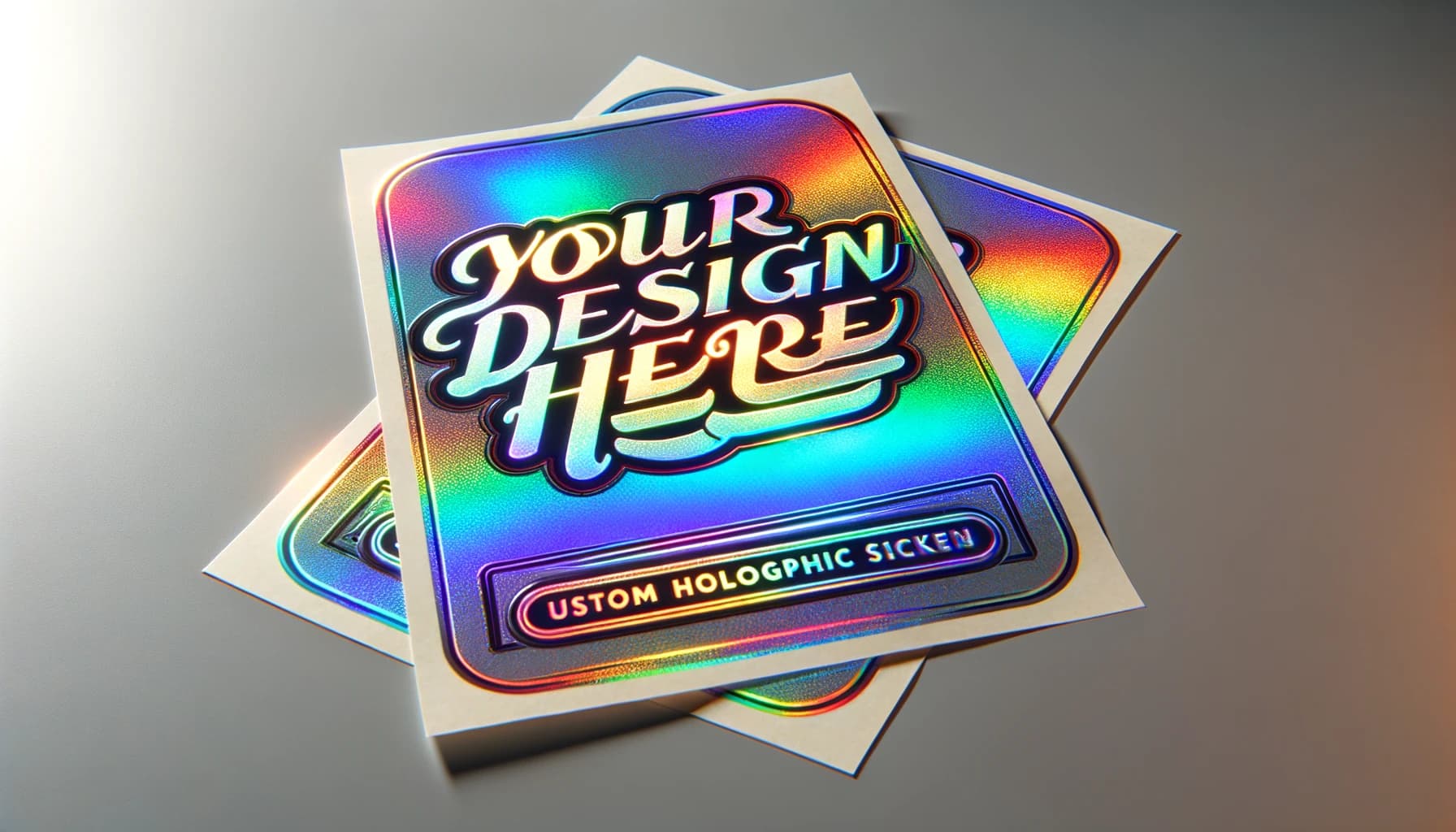In the realm of design and aesthetics, holographic stickers emerge as captivating marvels that seamlessly blend innovation with visual allure. These small, yet impactful embellishments have transcended traditional sticker forms, offering a dynamic interplay of light, color, and dimensionality. From adorning personal belongings to embellishing commercial products, holographic stickers have become indispensable elements in contemporary design landscapes, captivating audiences with their mesmerizing effects. In this article, we delve into the multifaceted allure of holographic stickers, exploring their origins, applications, and the enchanting science behind their shimmering displays.
Origins and Evolution
The genesis of holography can be traced back to the mid-20th century, with Hungarian-British physicist Dennis Gabor pioneering the concept of holography in 1947. However, it wasn’t until the advent of laser technology in the 1960s that practical holographic techniques became feasible. Initially confined to scientific and artistic realms, holography gradually found its way into commercial applications, including security features for credit cards and banknotes.
Holographic stickers emerged as a creative offshoot of holography, leveraging its principles to produce dazzling visual effects on adhesive substrates. Initially limited to specialized industries such as security printing and authentication, holographic stickers soon transcended their utilitarian origins, permeating diverse sectors ranging from fashion to stationery, and from packaging to digital media.
The Science Behind the Spectacle
At the heart of holographic stickers lies the principle of interference patterns, where coherent light waves intersect to create intricate three-dimensional images. Unlike conventional images, which are captured on flat surfaces and rely on the play of light and shadow to convey depth, holographic images possess true three-dimensional characteristics, enabling viewers to perceive depth and parallax.
The production process typically involves recording the interference pattern generated by the interaction of laser light with an object or scene onto a photosensitive medium. This recorded pattern, known as a hologram, serves as a master template for replicating the holographic image onto various substrates, including stickers. By selectively diffracting light, holographic stickers produce vibrant, iridescent displays that shimmer and shift as the viewing angle changes, captivating the eye with their dynamic allure.
Applications and Versatility
The versatility of holographic stickers lends them to a myriad of applications across diverse industries. In the realm of product packaging, holographic stickers add a touch of sophistication and glamour, enhancing brand identity and shelf appeal. Whether adorning cosmetics, electronics, or beverages, holographic stickers elevate packaging aesthetics, enticing consumers with their alluring visual displays.
Moreover, in the realm of fashion and accessories, holographic stickers offer designers a unique tool for creative expression. From embellishing clothing and footwear to accessorizing handbags and jewelry, holographic stickers infuse garments and accessories with a futuristic flair, capturing the zeitgeist of contemporary style.
Beyond aesthetics, holographic stickers serve practical purposes in security and authentication applications. By integrating custom holographic features into labels, seals, and tags, manufacturers can safeguard their products against counterfeiting and tampering, ensuring authenticity and peace of mind for consumers.
Environmental Considerations and Sustainability
While holographic stickers undeniably captivate with their visual spectacle, concerns regarding their environmental impact have emerged in recent years. Traditional holographic materials often rely on metallized substrates and chemical processes, posing challenges for recycling and sustainability. However, advancements in eco-friendly holographic technologies offer promising alternatives, leveraging bio-based materials and green manufacturing processes to minimize environmental footprint.
Conclusion
In conclusion, holographic stickers stand as shining exemplars of innovation and creativity in the realm of design. From their humble origins in scientific experimentation to their ubiquitous presence in contemporary aesthetics, holographic stickers have evolved into versatile tools for expression and engagement. As technology continues to advance and environmental consciousness grows, the future of holographic stickers holds promise for even greater enchantment, where sustainability harmonizes with spectacle to create enduring visual wonders.

